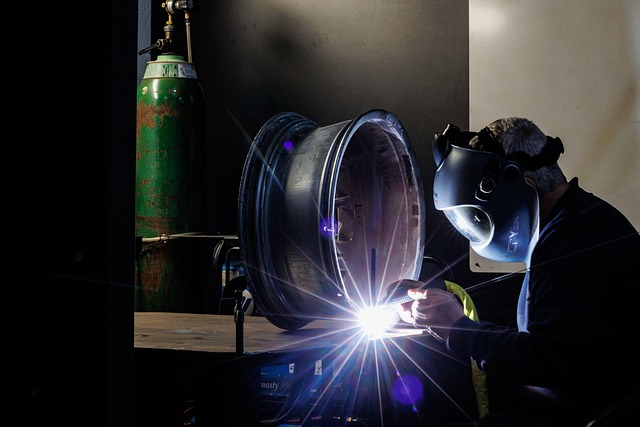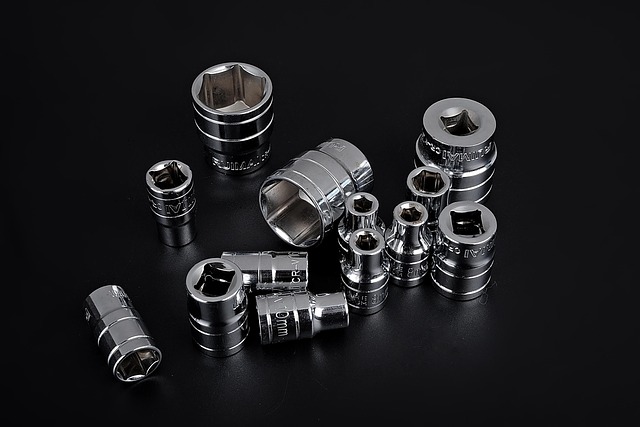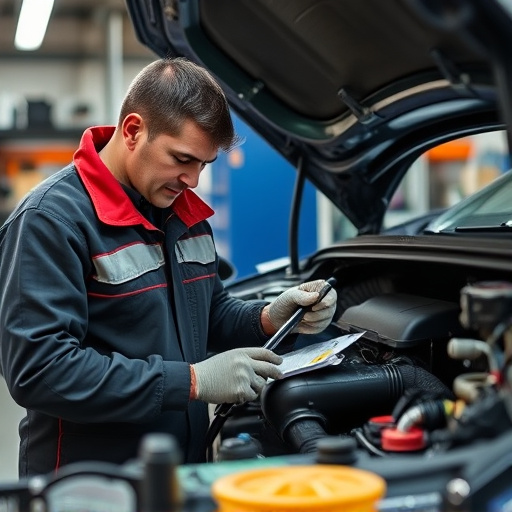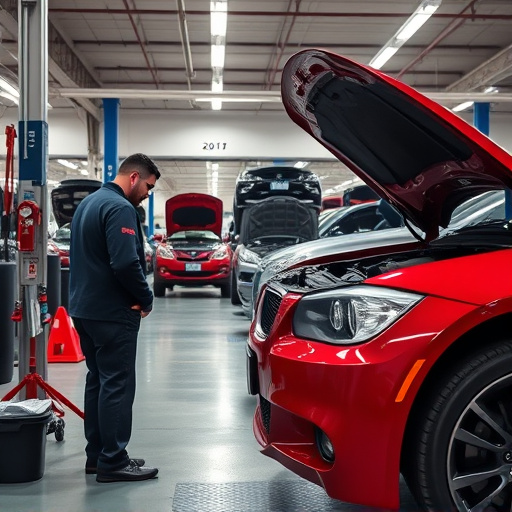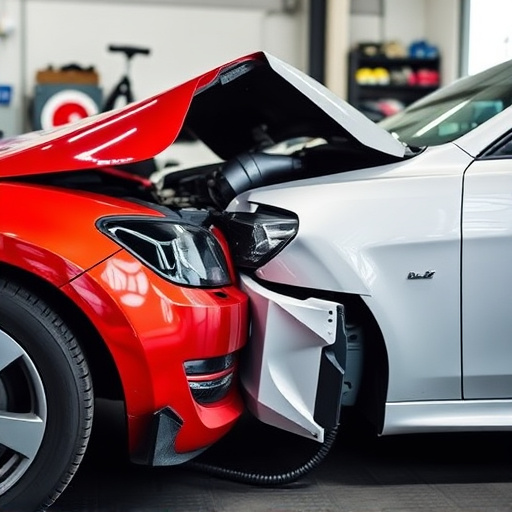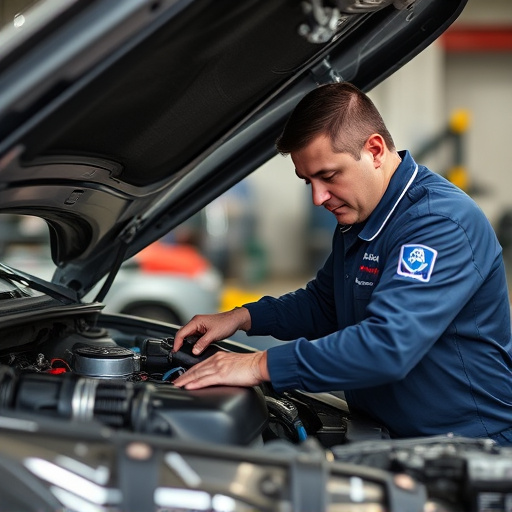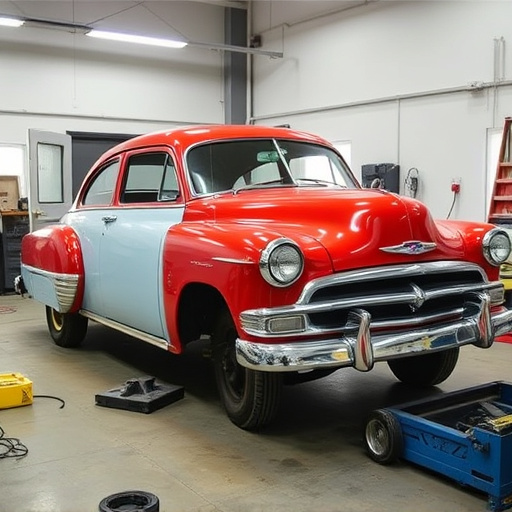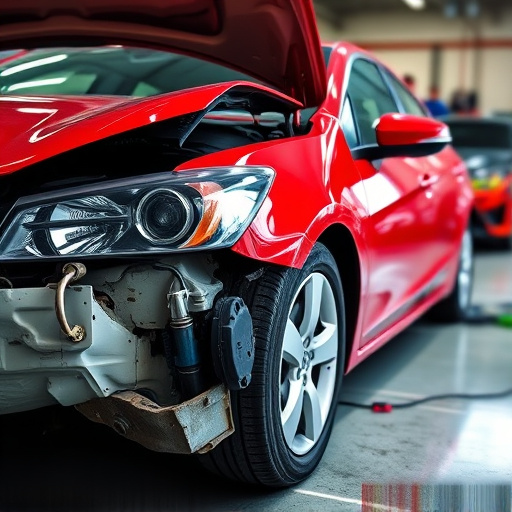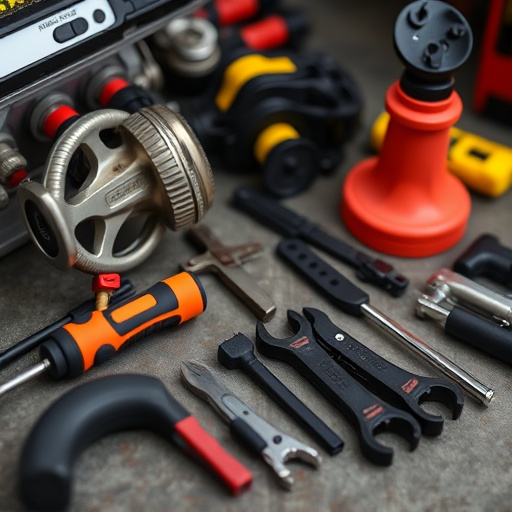EPA compliant body shops prioritize public health and environmental safety through stringent regulations on air quality control, emission management, and waste disposal. Utilizing advanced equipment like HEPA filters, vacuum systems, and low-VOC paint booths, these shops minimize harmful emissions during collision repair. They maintain air quality with filtration systems, regular monitoring, and closed-loop recycling systems, fostering a healthier workplace and enhancing car paint services while adhering to regulatory standards and promoting sustainability.
In an era where environmental consciousness is paramount, understanding how EPA compliant body shops meet air quality and emission standards is crucial. This article delves into the intricate world of these facilities, focusing on three key aspects: understanding EPA standards specific to body shops, adopting equipment and practices that ensure compliance, and implementing rigorous monitoring and maintenance routines for optimal air quality. By exploring these elements, we uncover the strategies that make EPA compliant body shops leaders in both safety and sustainability.
- Understanding EPA Standards for Body Shops
- Equipment and Practices for Compliant Operations
- Monitoring and Maintaining Air Quality in Workshops
Understanding EPA Standards for Body Shops
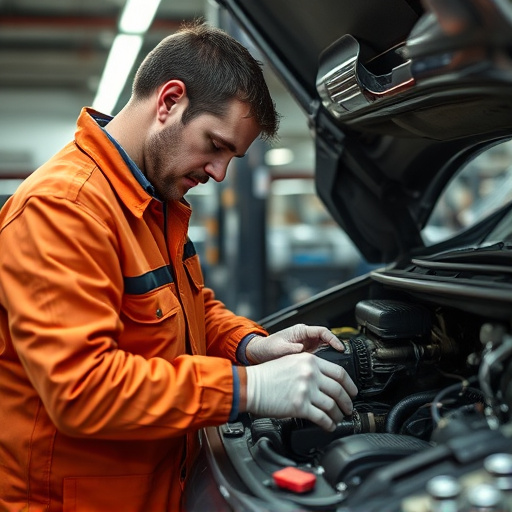
The Environmental Protection Agency (EPA) sets stringent standards for body shops to ensure they operate in a manner that protects both public health and the environment. These regulations cover various aspects, from air quality control to emission management, particularly focusing on volatile organic compounds (VOCs) and hazardous air pollutants. For an EPA-compliant body shop, adhering to these guidelines is not just a legal necessity but also a key factor in maintaining a safe and sustainable workspace.
Compliance involves implementing strategies like efficient ventilation systems, using eco-friendly products for car body restoration and hail damage repair, and meticulously managing the disposal of waste materials. Moreover, fleet repair services within these shops must be equipped to service vehicles with advanced emission control technologies, ensuring that repairs don’t introduce additional pollutants into the atmosphere. By meeting EPA standards, body shops not only avoid penalties but also contribute to a cleaner, greener future.
Equipment and Practices for Compliant Operations
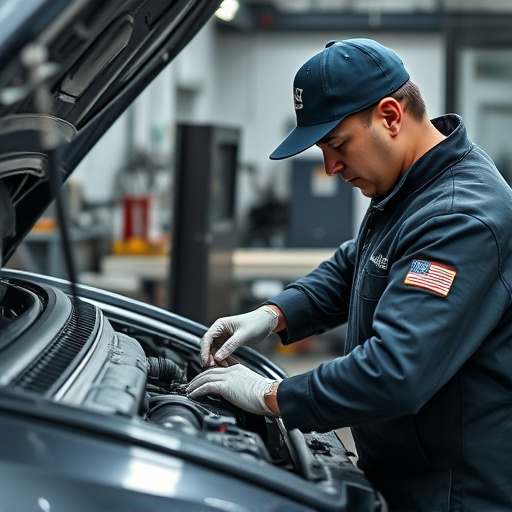
In an EPA compliant body shop, advanced equipment plays a pivotal role in meeting air quality and emission standards. Modern tools like high-efficiency particulate air (HEPA) filters, vacuum systems with sophisticated particle capture mechanisms, and state-of-the-art paint booths equipped with low-VOC (volatile organic compound) paints are essential components of the operation. These innovations ensure that the vehicle body repair process generates minimal harmful emissions and airborne particles during both the collision repair and auto glass replacement phases.
The practices employed by EPA compliant body shops further strengthen their commitment to environmental stewardship. This includes stringent adherence to safety protocols, regular maintenance of equipment to optimize performance, and implementation of closed-loop systems for paint and solvent recycling. By integrating these best practices alongside cutting-edge technology, the industry sets a benchmark for sustainable vehicle body repair, contributing to cleaner air and reduced environmental impact across the board.
Monitoring and Maintaining Air Quality in Workshops
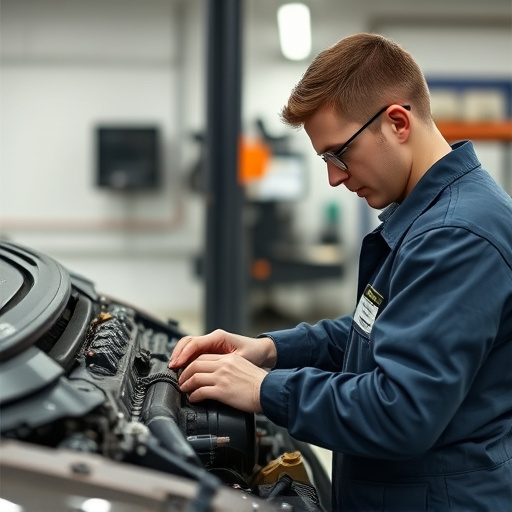
In an EPA compliant body shop, maintaining air quality is paramount. These facilities employ advanced filtration systems and regular monitoring devices to ensure that harmful particles, volatile organic compounds (VOCs), and other pollutants are effectively captured before they can escape into the atmosphere. This commitment to clean air goes beyond simple regulatory compliance; it also creates a healthier working environment for employees and enhances the overall quality of car paint services and auto body repairs.
By integrating innovative technologies for fender repair and other specialized services, EPA-compliant body shops not only meet but often exceed emission standards. Regular inspections and adherence to strict protocols ensure that every step of the restoration process, from initial assessment to final touch-ups, is conducted with minimal environmental impact. This dedication to sustainability is reflected in the meticulous craftsmanship and top-notch customer service that these shops offer.
An EPA compliant body shop is not just a facility that meets regulatory standards; it’s a hub of efficient, eco-conscious operations. By understanding and adhering to EPA guidelines, these shops not only reduce their environmental impact but also ensure safer working conditions for employees and better air quality for surrounding communities. Through the implementation of specialized equipment and adherence to strict monitoring practices, body shops can navigate the complexities of emission standards while maintaining high levels of productivity and innovation.
